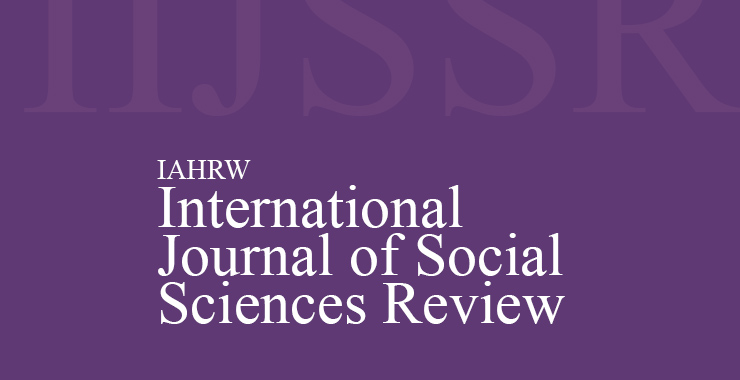Ethnobotany of Medicinal Plants Administered for Reproductive Health
Original price was: ₹ 201.00.₹ 200.00Current price is: ₹ 200.00.
Page: 501-504
Sejabaledi A. Rankoana (Department of Sociology and Anthropology, University of Limpopo, South Africa)
Description
Page: 501-504
Sejabaledi A. Rankoana (Department of Sociology and Anthropology, University of Limpopo, South Africa)
Traditional medicine continues to be widely utilised in South Africa for the purpose of preventing and treating various health ailments, including reproductive health care problems. The primary objective of this study was to comprehensively document the indigenous knowledge pertaining to medicinal plants utilised by traditional healers and elders of the Bapedi community. Specifically, the focus was on their utilisation in the treatment of reproductive health care within the geographical confines of the Capricorn District, situated in the Limpopo Province. The employed research methodologies encompassed semi-structured interviews and interactive field observations. A total of 95 participants with expertise in the subject matter were chosen for the study, comprising 15 individuals classified as traditional healers and 80 individuals classified as elders. The selection of respondents was carried out using purposive sampling methodology. The collection of voucher specimens was facilitated with the assistance of participants and thereafter processed according to established protocols in the Lary Lach Herbarium. These specimens were then identified with the assistance of relevant flora and taxonomy in the Department of Biodiversity at the University of Limpopo. Descriptive statistics were employed to assess and summarise the ethnobotanical data acquired. The results report 20 plant species representing 17 families used in the treatment of women’s infertility and impotency in men. The highest number of species (18) were used against female infertility, whereas three (3) were used to treat impotence (male infertility), respectively. Of the 18 species prepared for infertility, three were sources of both infertility and impotence. The plant materials most frequently collected were the root, bark, bulb, leaf, tuber, and twig. Together with appropriate biomedical therapies, South Africa’s extensive knowledge base on the use of plant-derived medicine for reproductive health could be leveraged to create interventions targeting men’s and women’s reproductive health.

